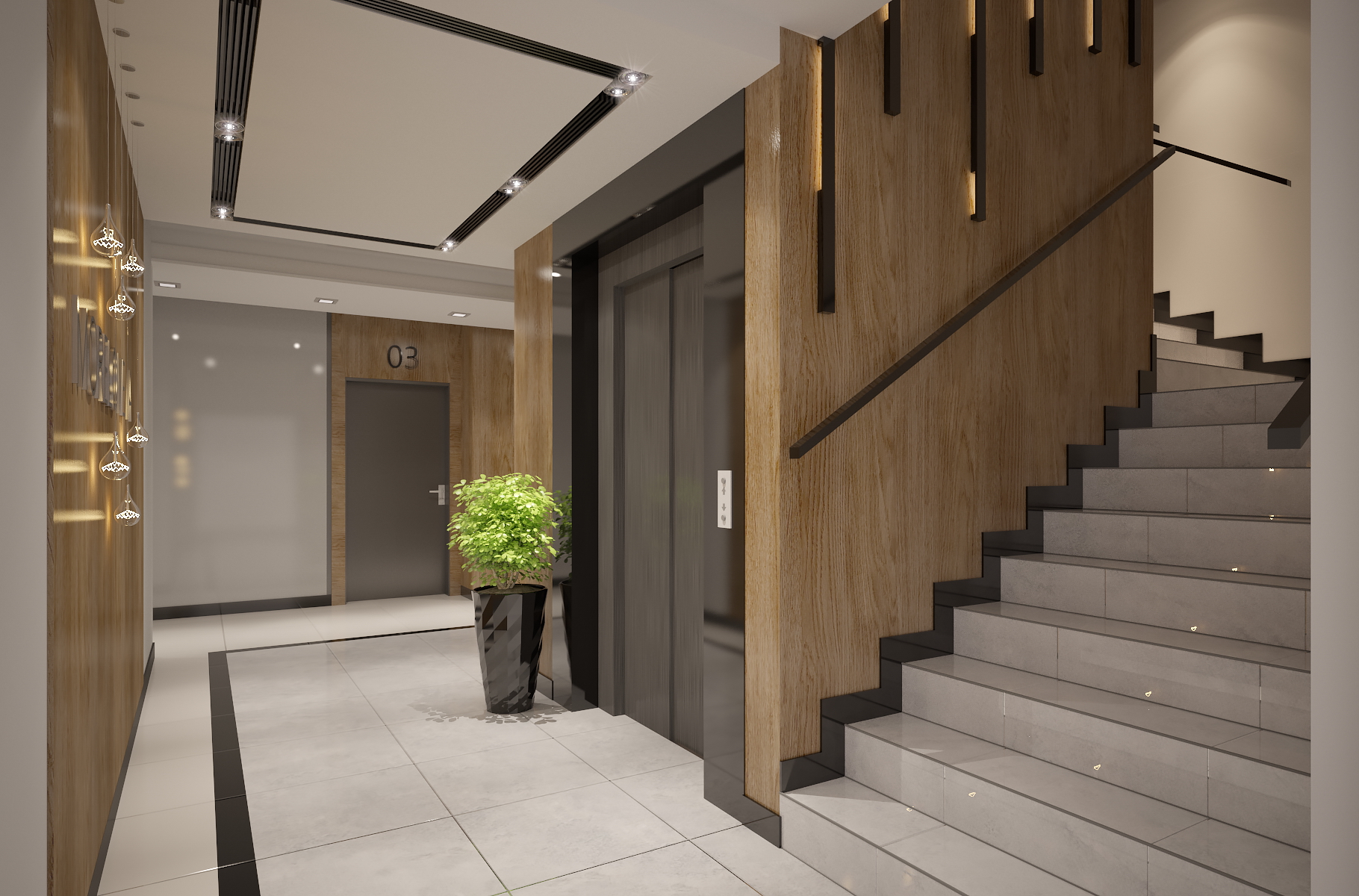

That said, it’s easy to get carried away making something so systematized that it ends up having no life, which is why I tried to blend the mechanical elements with moments of surprise and lively energy.
#Materials design animation android
The looping, mechanical movement of machines seemed like the perfect visual metaphor for what is going on “under the hood,” when an Android device powers up.

“Constructing and building” guided my thinking as I designed and animated the Android Marshmallow boot sequence. I never tire of watching Ralph Steiner’s “Mechanical Principles,” or Charles and Ray Eames’ “Solar Do-Nothing Machine”. The transfer of energy, repetition, and rhythm, and systematic movement is captivating. I have always had a child-like fascination with mechanical movement. Matt Austin, UX Motion Designer on Google Duo Although the motion process starts in After Effects or C4D, nothing ships without code.Īt the end of the day, animating fun and delightful stories and interactions is not easy, but the payoff is priceless.
#Materials design animation full
You might say our engineering team is the Robin to our Batman (or maybe we’re the Robin to their Batman?) and nothing would get done without our full commitment and collaboration. Many of the animations we create are too complex to translate directly to code, so we have to rely on interesting approaches like internal motion tools, as well as the use of. Of course, there are many stumbling blocks on the way to achieving these kinds of results. In short, my job on YouTube Kids has been the opposite of the “Fun Police.” In motion and interaction, I try and push the team to be bolder, crazier, zanier, and to embrace their inner child through motion. We chatted with a few of these folks working on products like Google Photos, YouTube Kids, Android, and Google Duo to learn about their process.ĭesigning apps for kids can be very different from designing for adults because children often prefer chaos over control, and prefer messy to clean. Motion should help navigate complex challenges, and clearly communicate to the user an element’s resistance, dynamism, and path.Īt Google, we have incredible designers working to make smart and delightful motion for products you use everyday. But more than simply seeming natural, motion should above all else help guide users, providing them with the right information at the right time. Similarly, Material Design aims for motion to feel natural, like gaining velocity or easing into a resting state by following an arc rather than a straight path. Just as objects in the real world don’t come to abrupt stops or instantly speed up, Material motion responds to the user’s input without missing a beat. It conveys energy, drawing inspiration from forces like gravity and friction.

In the Material Design Guidelines, motion plays an integral part to the overall feeling and functionality of the design framework. In Material Design, we’ve developed four principles of motion to help designers and developers implement effective motion design. New content is introduced, shared elements move into their new position, and the user is given guidance with a clear focal point. Something as simple as tapping a card to expand and reveal more information is made better by fluid animation. Motion is essential to bringing digital products to life.


 0 kommentar(er)
0 kommentar(er)
